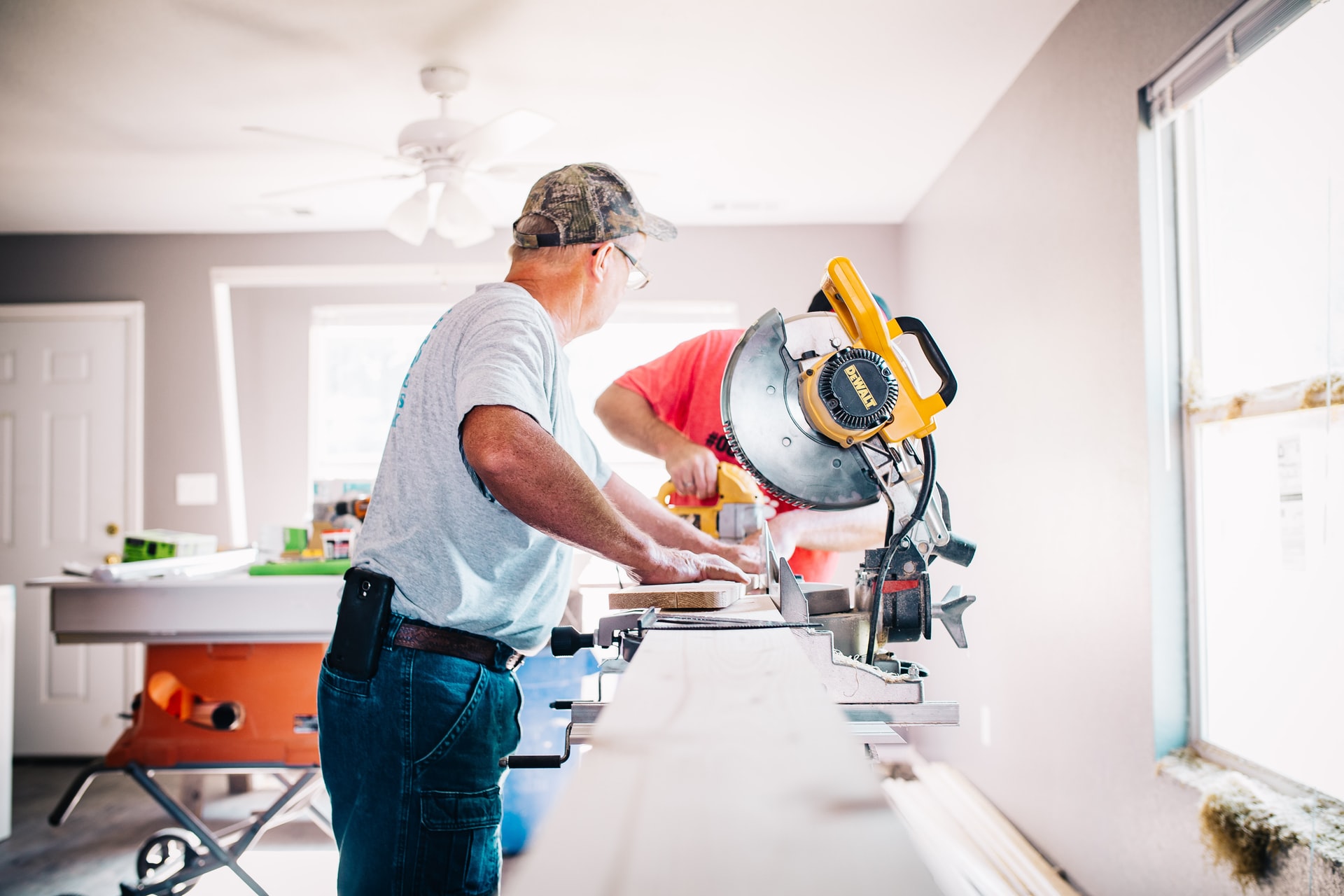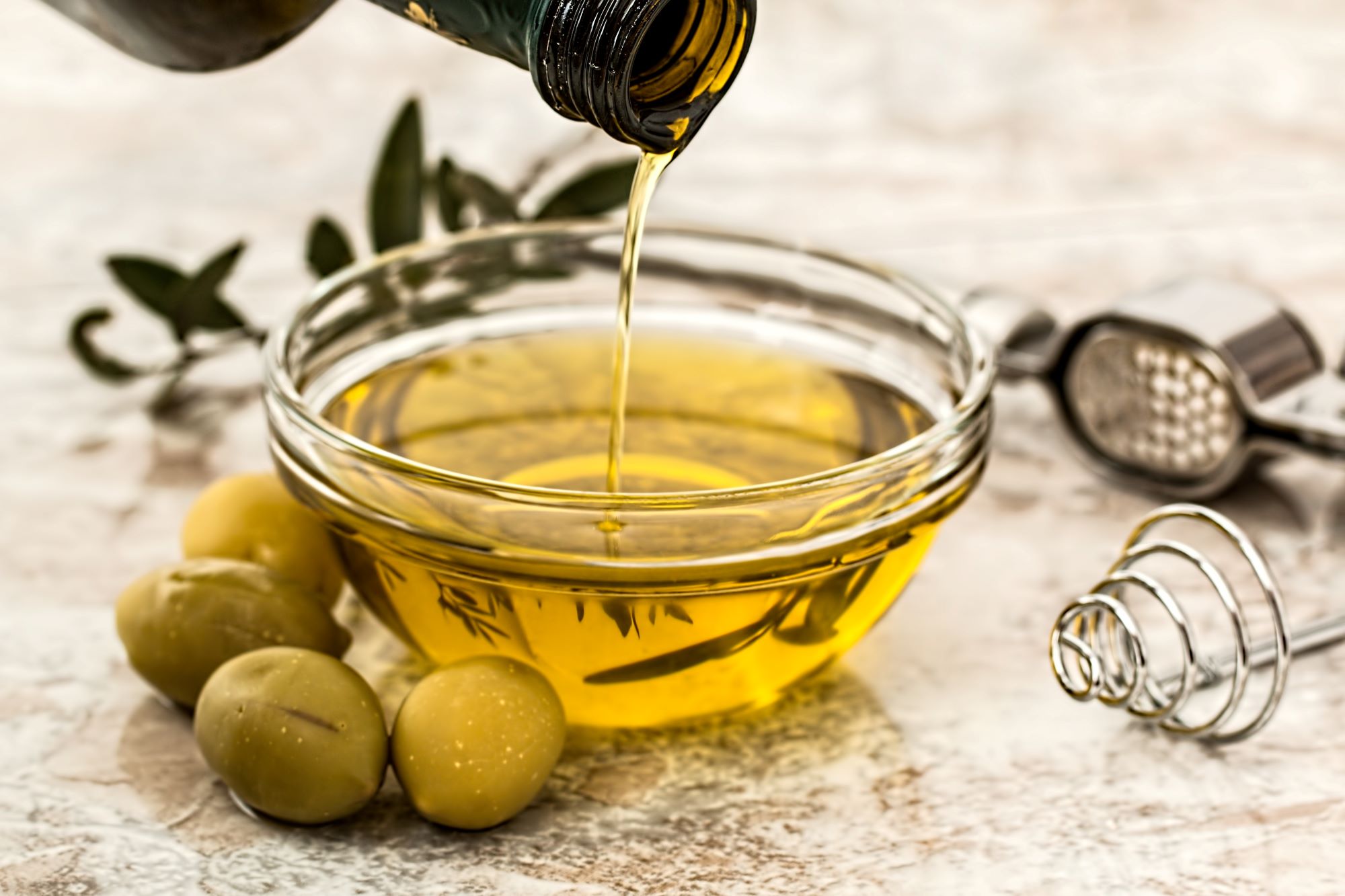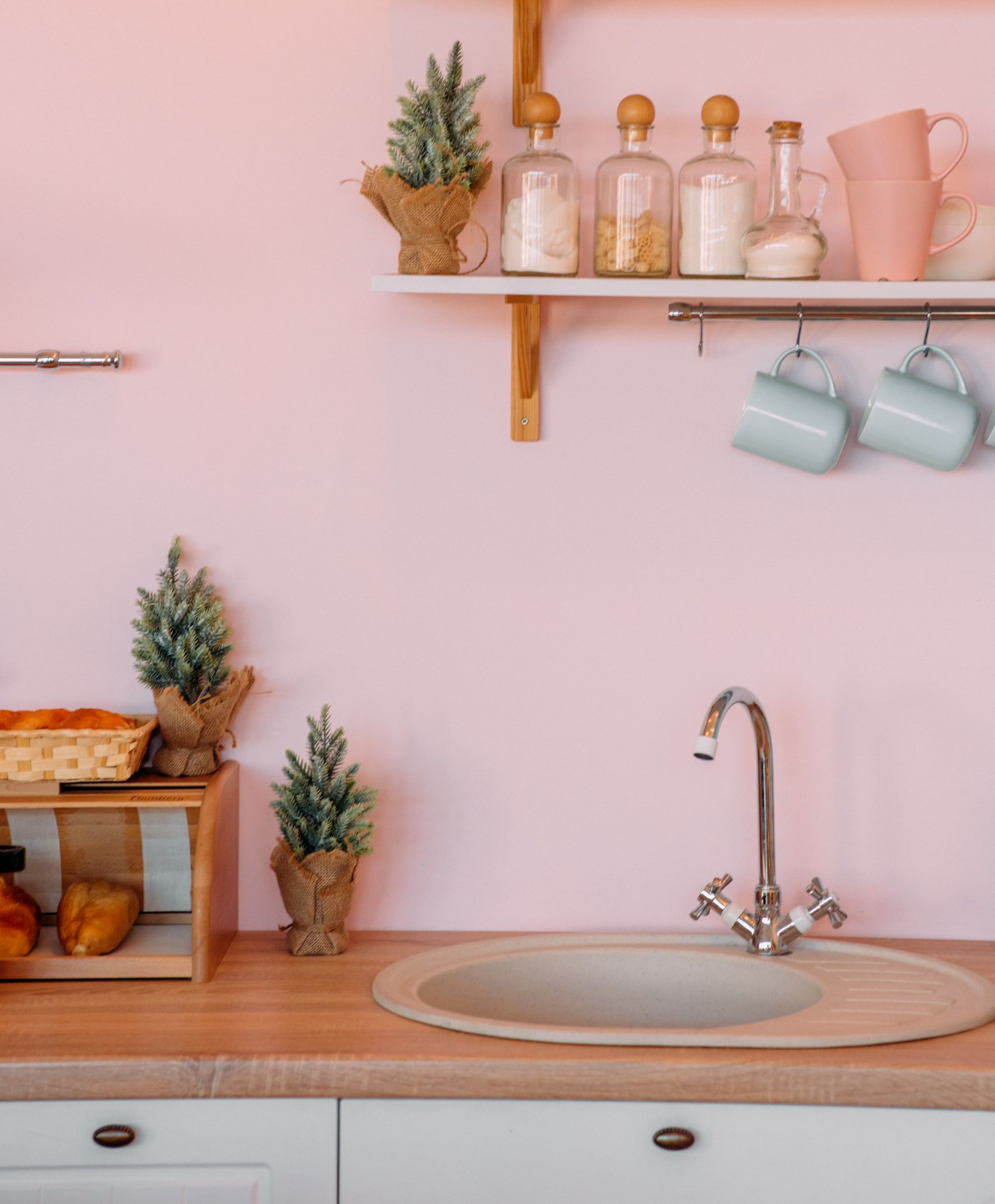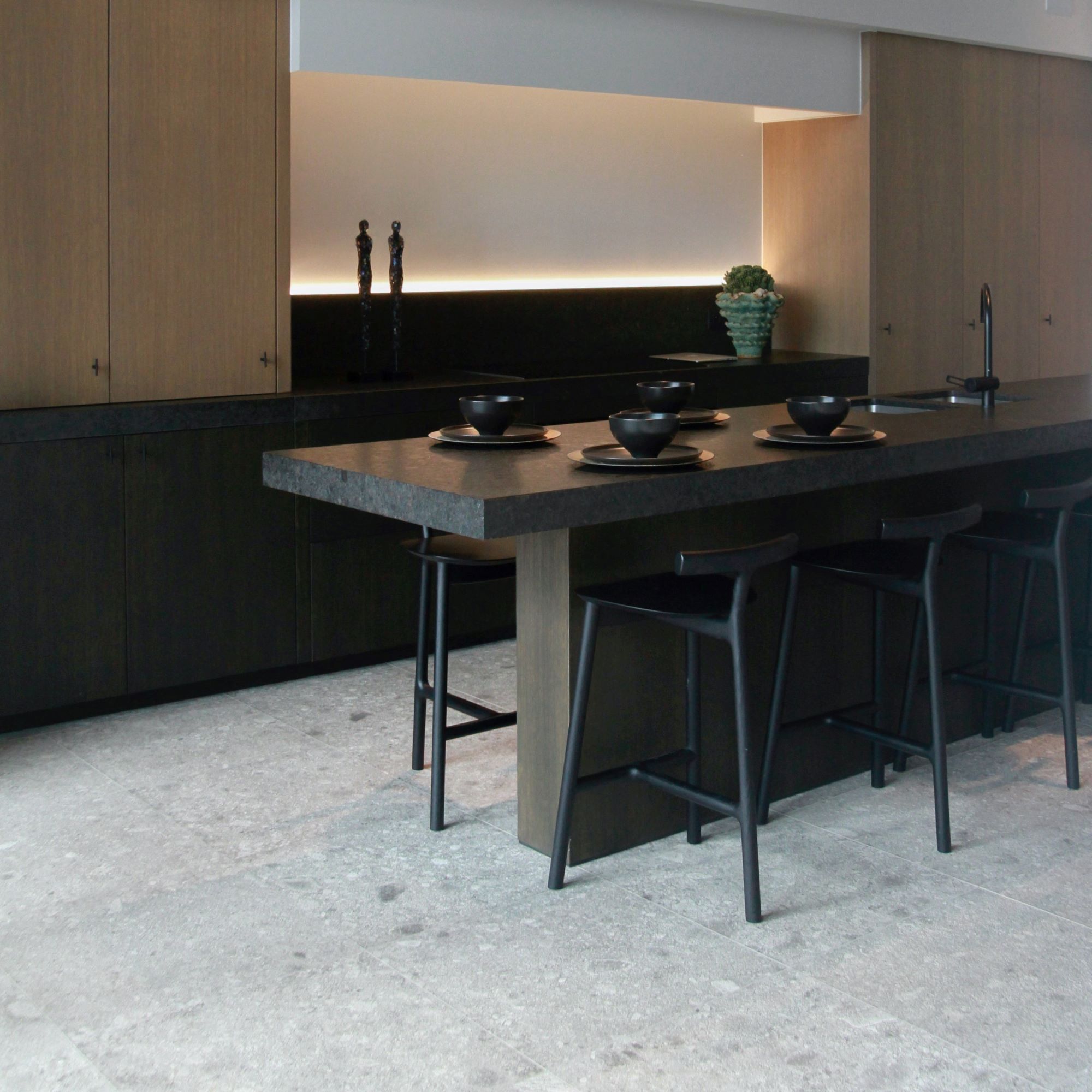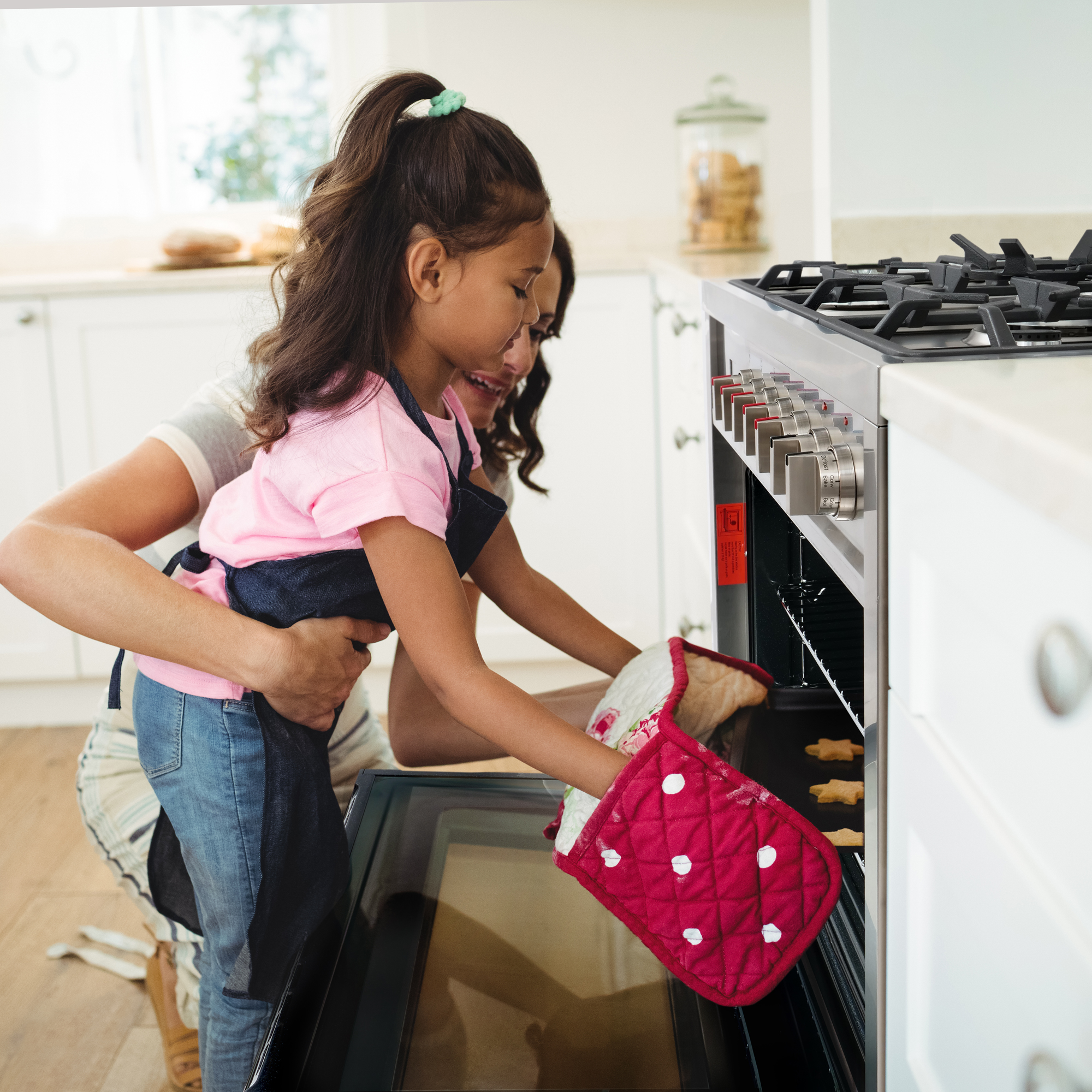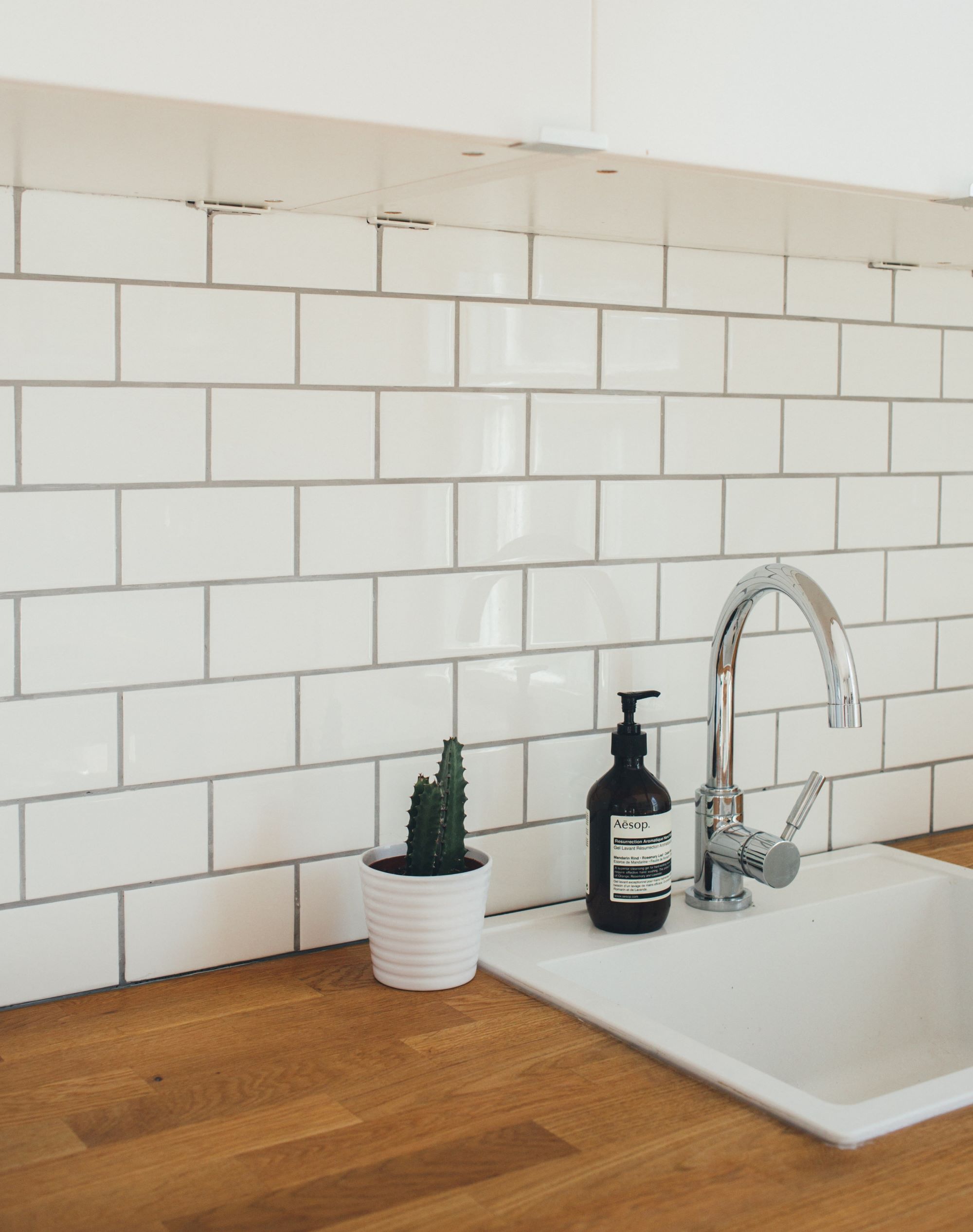Kitchen Remodels: What to Look Out For
A kitchen doesn’t always come as we’d like it to. Remodeling a kitchen can solve many problems with functionality or design. When planning a kitchen remodel, here are some of the potential issues you should consider. Functionality and Service Zones The kitchen could be considered one of the most functional spaces of a home. Focus on the functional areas such as prep areas, cooking, refrigeration and dishwashing. While aesthetics are important, the functionality should always come first. An ideal kitchen remodel is one where major features aren’t moved. You can save yourself a good deal of money and headache if you leave major appliances where they are such as vented range hoods, the sink or dishwasher. Moving these appliances brings on new technical issues with electrical outlets, wiring or plumbing. Instead, move features that are more simple such as a refrigerator or cabinetry. Skip the Island Kitchen islands are on trend, but it actually isn’t as valuable as you may think. Before opt-ing for an island, ask yourself if your kitchen has the space needed. It takes a rather large kitchen for an island to work as intended. Trying to force it in could leave the rest of your areas cramped and harder to navigate. Invest in Quality Countertops Your kitchen counters are an essential part you will be using day in and day out. It’s worth the extra cost to invest in materials like granite, quartz, laminate or solid-surface. A countertop is one of the largest visual elements in a kitchen, it’s best to get this part right. It’ll also play a valuable role if you ever need to sell your home. Looking for more from Cosmo? Follow us on Instagram and Facebook! Source: The Spruce

